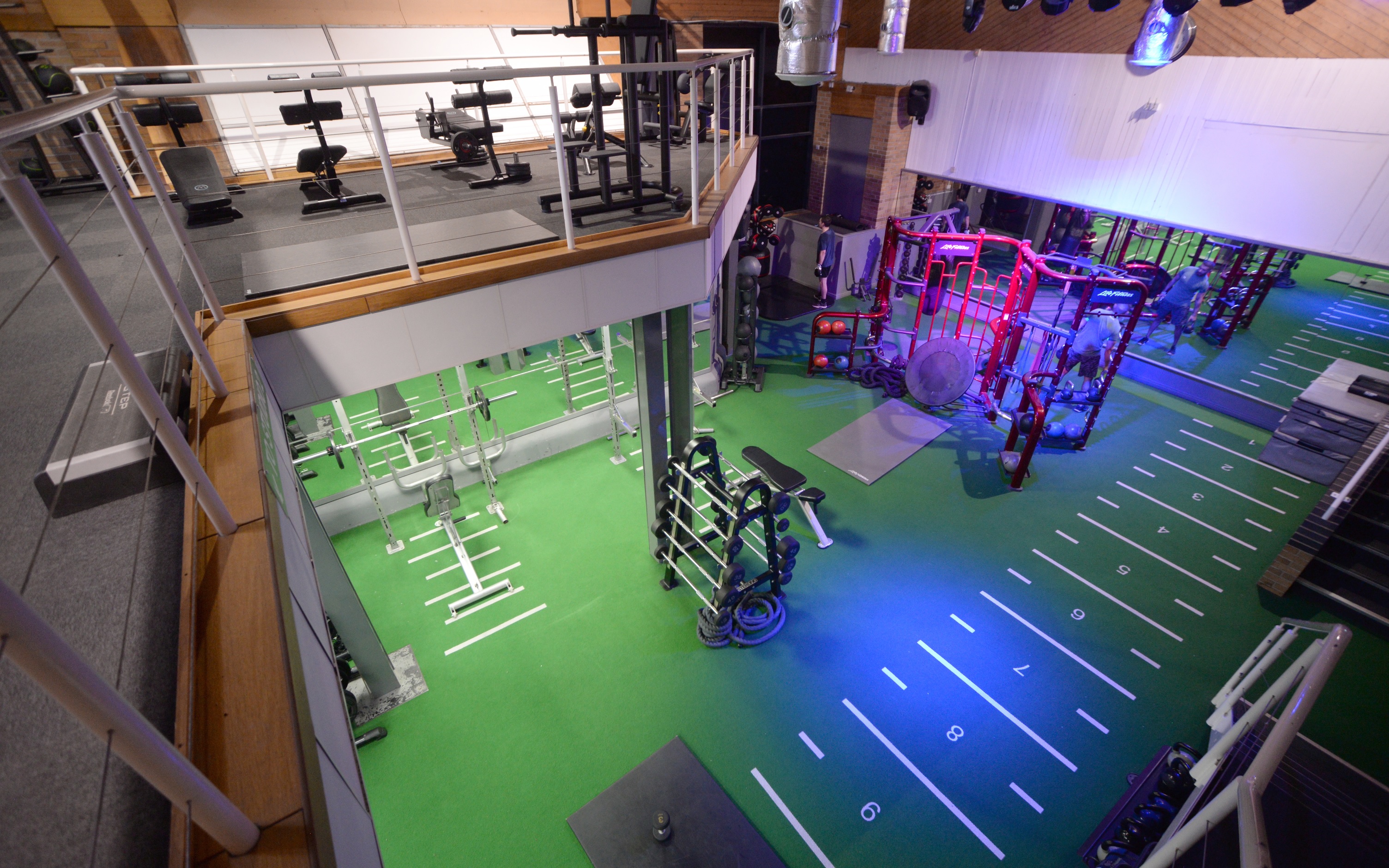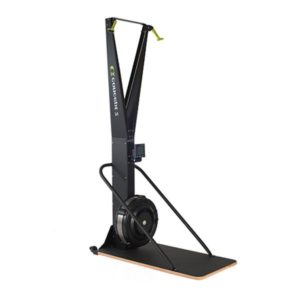
SkiErg Demonstration

The Concept2 SkiErg helps you build strength and endurance by working the entire body in an efficient, rhythmic motion. Skiing is a low impact, high calorie burning exercise suitable for all ages and abilities.
Click here to watch our Skierg Demonstration.
How to guide
Stand tall, facing the SkiErg with feet hip-width apart, arms extended up, and hands the gripping handles; palms facing in. Hinging at hips, with a slight bend in knees, brace core, push through glutes, and pull handles down; keep arms straight. Continue pulling handles down in a fluid motion until arms swing back past thighs. As you rise back to standing, activate glutes, pushing hips forward to full extension, and return arms back up to start.
Avoid these 4 common mistakes
- Squatting: Remember it’s a hip hinge, like a deadlift movement, not a squat!
- Dropping the chest: You want your torso on a slight angle, but you don’t want to be fully horizontal and parallel to the floor. Not only can it cause harm to your lower back, but it takes the glutes out of the exercise.
- Cutting the stroke short: The longer the stroke, the faster the meters will climb, so don’t short change yourself at the top.
- Looking up: That puts a lot of strain on the neck, keep your chin tucked.
Workout 1
Resist the temptation to ski for too long the first time on the machine—we recommend starting with no more than 3–5 minutes at a time. We also recommend starting with the double-pole technique as it uses more muscle groups and gives you a great overall workout. After 3–5 minutes, take a break to stretch and walk around. If you feel good, do up to four of these short intervals of skiing.
Workout 2
Begin experimenting with cadence and power. Cadence is displayed in strokes per minute (spm) in the upper right corner of the Performance Monitor. Power is how hard you are pulling. It is displayed in a choice of units in the central display area: watts, calories, or pace. Try some 3-minute intervals of skiing, varying your cadence and pace, as described below.
- 3 minutes at 35 spm, comfortable effort; 1 min rest
- 3 minutes at 40 spm, harder effort; 1 min rest
- 3 minutes at 42 spm comfortable; 1 min rest
- 3 minutes at 44 spm, harder effort; 3 min rest.
- End with 10 minutes of steady state skiing at your choice of power and stroke rate. Make note of what pace you settle on, because you will use it in your next workout.
Workout 3
This workout introduces longer skiing with cadence variation. Do four 5 minutes pieces, varying the cadence rate as noted below. Try to ski at a pace that is a faster than your 10-minute pace from. • 35 spm for the first 2 minutes • 40 spm for the next 2 minutes • 45 spm for the last minute • Rest: ski very easily for 2 minutes before starting the next 5-minute piece.
Workout 4
This workout focuses on longer, steady skiing.
- Do two 10-minute pieces with 3 minutes rest in between. Try to go a little faster than you did for the 10minute piece in Workout 2. Your stroke rate should be between 40–45 spm.
Workout 5
This workout features short intervals for variety. This is the workout to see how fast a pace you can achieve.
- Ski 1 minute hard, 1 minute easy for a total of 20 minutes. Watch the central display for your pace. Aim for a cadence of 40–45 spm. Record your pace after the workout using the recall/memory function on the Performance Monitor.
Benchmark Piece
Once you complete Workout 5, do a benchmark piece of 30 minutes nonstop. Record your total metres and repeat this workout every few weeks to see how you are progressing.
